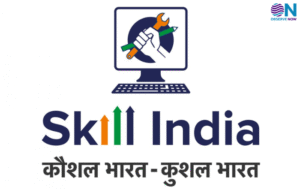Leveraging Global Shifts by Seeking Opportunities for Indian Universities Amidst Foreign Policy Changes

India’s higher education sector stands at a pivotal juncture, poised to capitalize on global shifts in educational policies and funding. Recent developments, particularly in countries like the United States, Canada, and Australia, have introduced challenges for international students, including Indian aspirants. These challenges encompass stricter immigration policies, reduced federal funding for universities, and limitations on post-study work opportunities. Such changes have the potential to redirect the flow of students, presenting Indian universities with a unique opportunity to attract and retain talent domestically.
The National Education Policy (NEP) 2020 envisions increasing the Gross Enrollment Ratio in higher education to 50% by 2035. Achieving this ambitious target necessitates a significant expansion in the capacity and quality of Indian higher education institutions. Currently, with approximately 45 million students enrolled across 40,000 institutions, there’s a pressing need to scale up to accommodate the burgeoning youth population. This expansion is crucial not only for meeting educational aspirations but also for addressing issues of unemployment and underemployment among the youth.
In light of the challenges faced by foreign universities, Indian institutions can position themselves as viable alternatives for quality education. The recent policy allowing foreign universities to establish campuses in India, as part of the NEP 2020, is a step in this direction. However, the response from top-tier global institutions has been tepid. To enhance the appeal, Indian policymakers must streamline regulatory processes, offer incentives, and ensure infrastructural support to attract these institutions.
Moreover, Indian universities should focus on enhancing their global competitiveness by investing in research, fostering international collaborations, and adopting innovative teaching methodologies. By doing so, they can not only retain domestic students but also attract international students seeking quality education at a reasonable cost.
In conclusion, the evolving global educational landscape, marked by policy shifts and funding challenges in traditional study destinations, offers Indian universities a strategic opportunity. By proactively addressing infrastructural and policy bottlenecks, and by emphasizing quality and inclusivity, India can transform its higher education sector into a global hub, aligning with the broader vision of becoming a knowledge superpower.
















